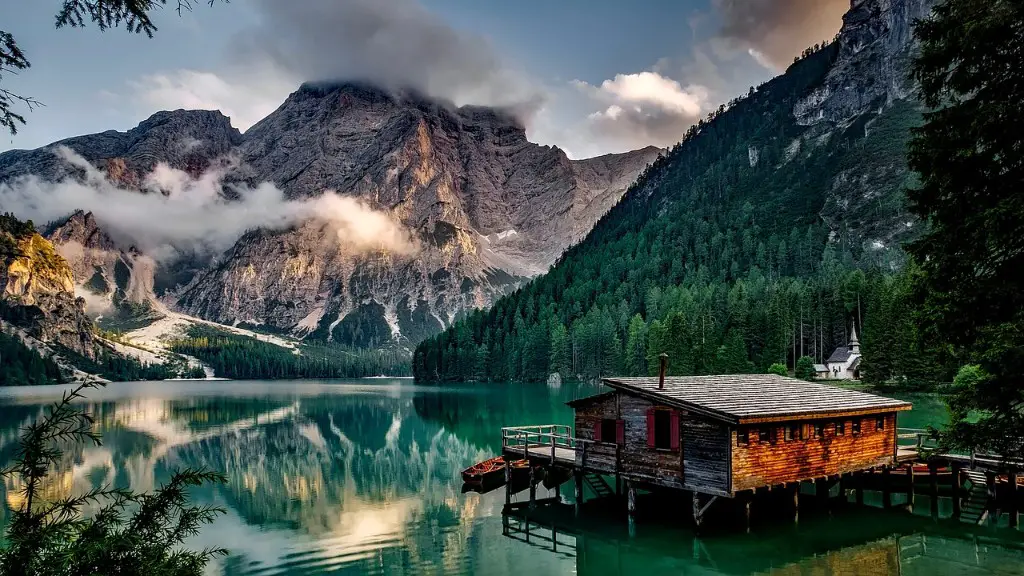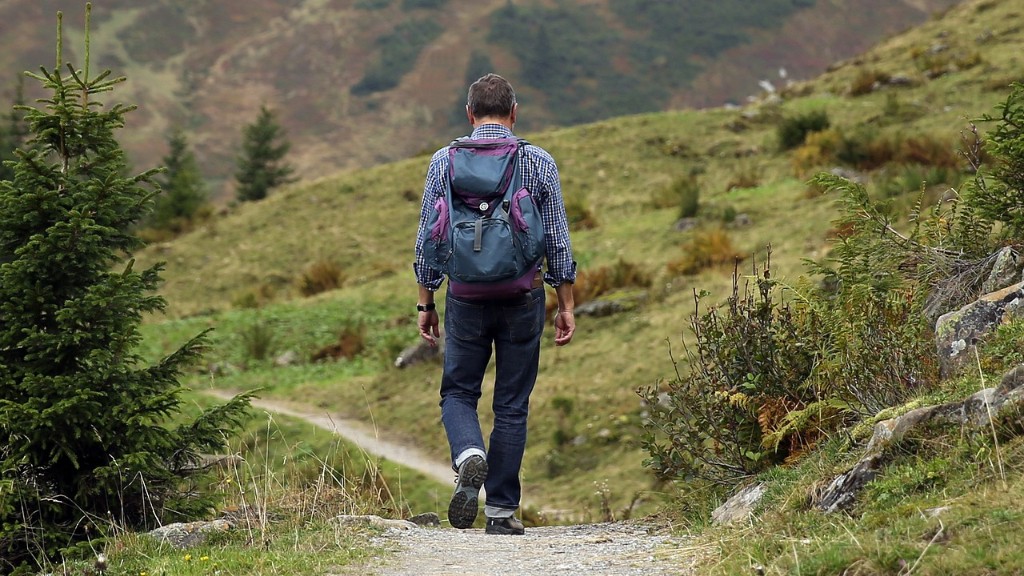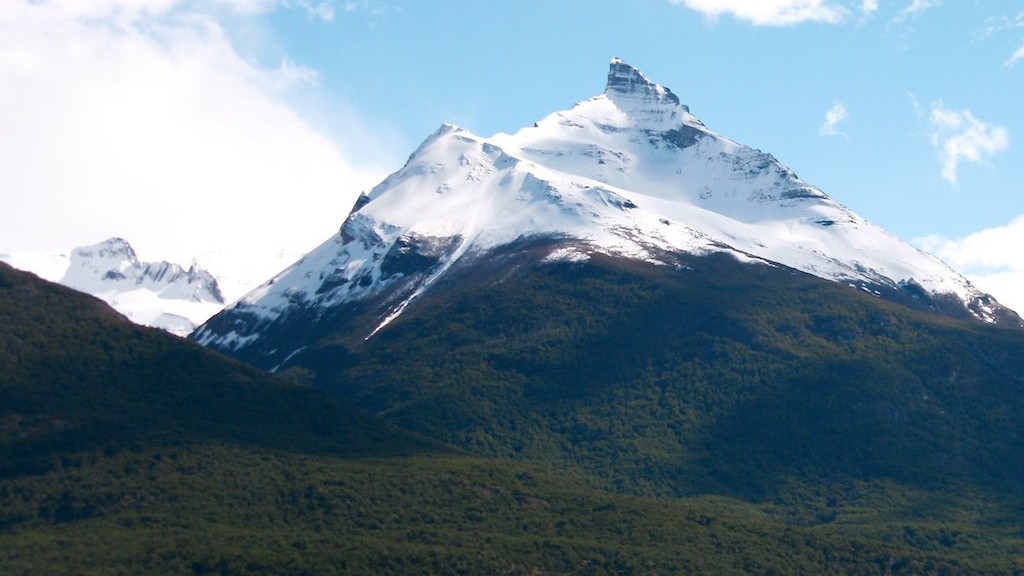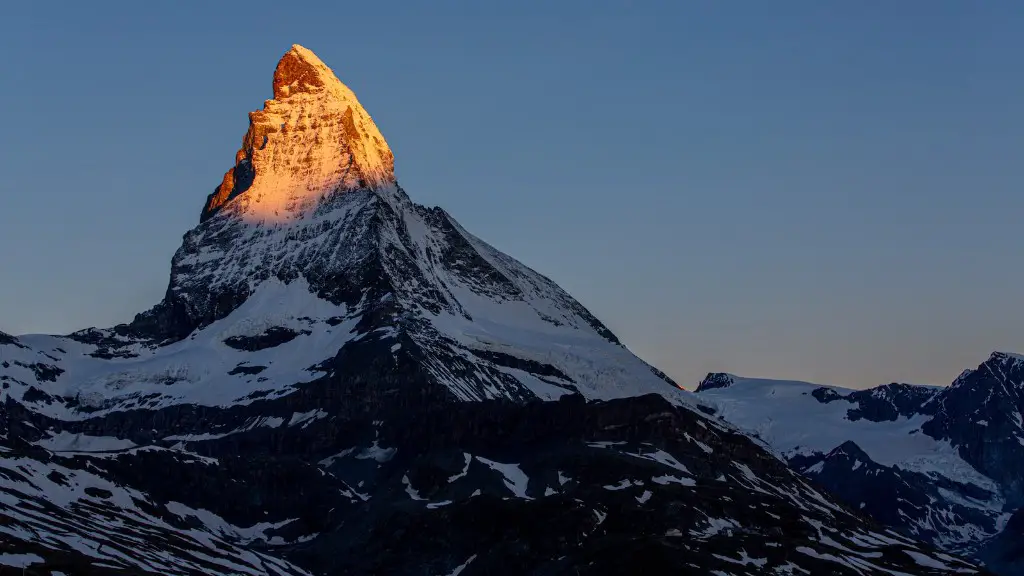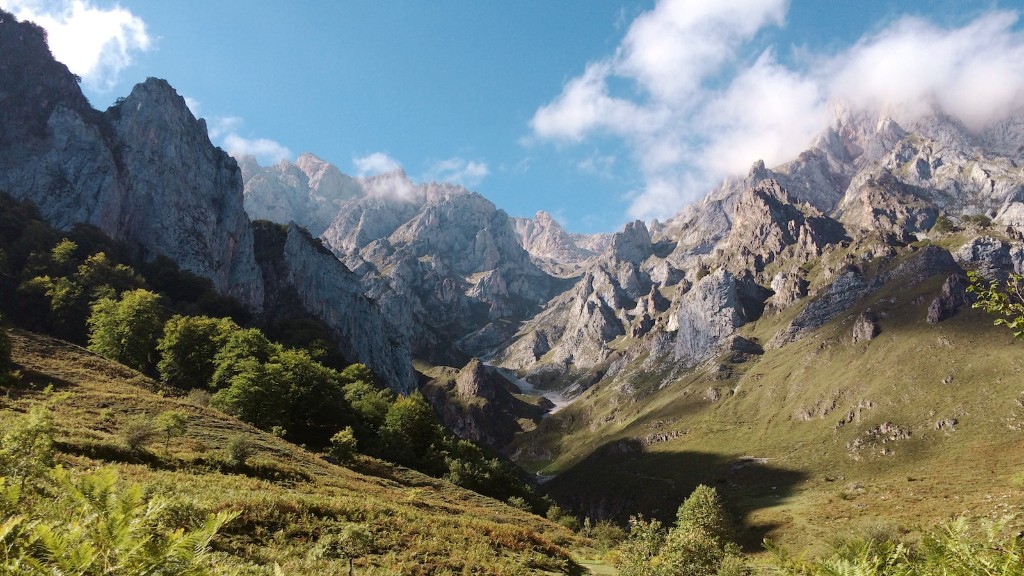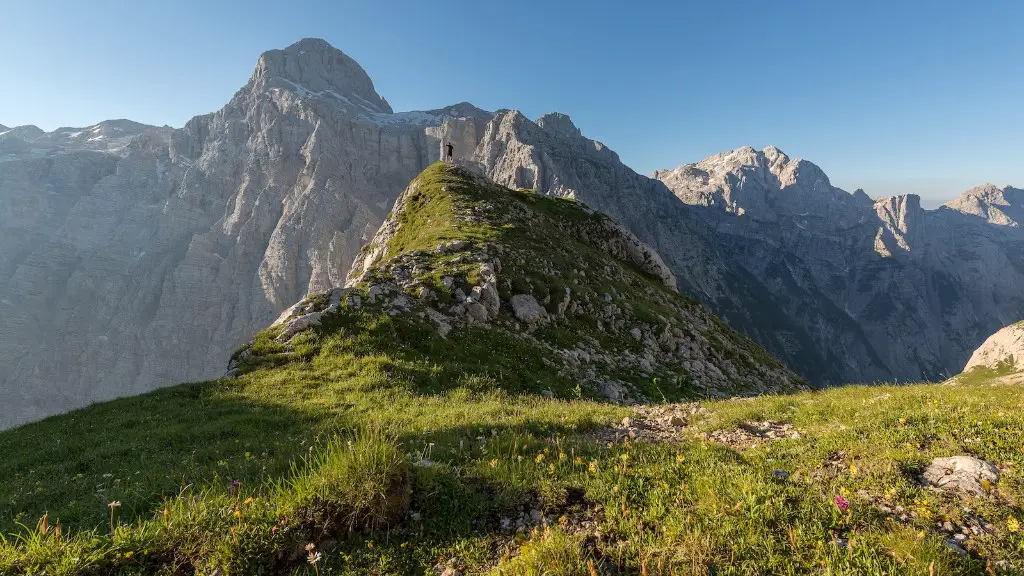Since it was first summited in 1953 by Edmund Hillary and Tenzing Norgay, Mount Everest has been the dream of mountaineers around the world. Standing at 29,029 feet, it is the highest mountain on Earth, and the challenge it poses is like no other. For some, the appeal is simply in the adventure and the sense of accomplishment that comes with reaching the summit. But for many, there is also a deep spiritual connection to the mountain, and a desire to achieve a personal connection with the natural world. Whatever the reason, the challenge of Mount Everest continues to draw climbers from all corners of the globe.
There are many reasons why people climb Mount Everest, but the two most common reasons are for the adventure and the challenge. Climbing Everest is one of the most difficult and dangerous things that a person can do, which is why it is so appealing to those who seek adventure. For some, the challenge is simply to say that they have climbed the world’s tallest mountain. Others hope to use the skills they learn while climbing Everest to summit other, less famous peaks. Whatever the reason, climbing Mount Everest is an achievement that very few people can claim.
Can a normal person climb Mount Everest?
In order to successfully summit Everest, you must be incredibly physically fit and have previous experience at high altitudes. Most people spend at least one year training to climb the mountain. You should also be comfortable on AD-rated climbs.
It is a sad but true fact that many climbers die on Mount Everest each year. Standard protocol is just to leave the dead where they died, and so these corpses remain to spend eternity on the mountaintop, serving as a warning to climbers as well as gruesome mile markers. One of the most famous corpses, known as “Green Boots,” was passed by almost every climber to reach the death zone. It is a sobering reminder of the dangers of climbing Mount Everest.
How cold is it at the top of Everest
The Mt Everest top sees its coldest temperature from the Mid-December until the Late-January where the average temperature revolves around -37°C(-35°F). Similarly, the average temperature at Everest Base Camp during the winter season is around -17°C(14°F).
The Khumbu Icefall is the most dangerous part of an Everest expedition, even with the extensive systems of ropes and ladders installed each climbing season by the ice doctors. Every year, climbers are killed or injured in the Icefall, and it is always a major concern for those attempting to summit Everest.
Why can’t they remove bodies from Everest?
While climbing Everest is an undeniably impressive feat, it is not without its dangers. The most significant danger is the risk of death or injury to the Sherpas who guide climbers up the mountain. The Sherpas are exposed to the same dangers as the climbers, but they often lack the same experience and equipment, which puts them at a greater risk. In addition, the cost of climbing Everest is significant, and many people have lost their life savings trying to reach the summit.
The top 3 causes of death on Everest are avalanches, falls and collapses, and mountain sickness with brain or lung edema. Most deaths on Everest occur due to avalanches, which have been responsible for the majority of fatalities in recent years. Falls and collapses are also common, especially during descents when climbers are exhausted and concentration is reduced. Mountain sickness with brain or lung edema is another leading cause of death, particularly among inexperienced climbers who attempt to summit without acclimatizing properly.
Who is the hanging body on Everest?
Green Boots is the name given to the unidentified body of a climber that became a landmark on the main Northeast ridge route of Mount Everest. The body has not been officially identified, but he is believed to be Tsewang Paljor, an Indian climber who died on Everest in 1996.
The death zone is a very real and dangers place for climbers of the world’s tallest mountains. The lack of oxygen at these high altitudes makes it incredibly difficult for the human body to function properly, and as a result, many climbers have lost their lives in the death zone. It is important for climbers to be aware of the dangers of the death zone and to take all necessary precautions when climbing in this area.
How long can you stay in the death zone on Everest
The death zone is the term used to describe the area on a mountain above 8,000 meters (26,247 feet), where the air is so thin that it does not support human life. The human body cannot function properly in this environment and climbers who spend too much time in the death zone are at risk of serious health problems, and eventual death.
In recent years, there has been an increasing number of climbers who are spending longer and longer periods of time in the death zone, due to the popularity of “fast and light” climbing techniques. This has led to a corresponding increase in the number of death zone fatalities.
Most of the fatalities on Mount Everest occur in the death zone, and it is believed that people are more likely to die if they spend more than 16 to 20 hours in this area. Shorter stays can also be deadly, as the risk of frostbite and other health problems is increased the longer you stay in the death zone.
If you are planning to climb Mount Everest, or any other high mountain, it is important to be aware of the dangers of the death zone and to plan your ascent carefully. Make sure you are well-prepared and aware of the risks before embarking on your climb.
permit to sleep in Everest Base Camp
What is the biggest killer on Mount Everest?
Acute mountain sickness is a major problem on Everest this year, with many fatalities due to exhaustion. Symptoms include difficulty breathing, nausea and vomiting, headaches, dizziness and shortness of breath. The best way to prevent AMS is to acclimatize slowly to the altitude, and to be aware of the symptoms. If you start to feel unwell, it’s important to descend to a lower altitude as soon as possible.
Hello,
It is true that there are many corpses on Everest. It is a sad reality that at least 200 Everest corpses lie distributed throughout the world’s tallest mountain.
Many of these bodies are used as landmarks by climbers, and some are even left out in the open for all to see. It is a incredibly sad sight.
What makes this situation even worse is that it is very difficult to remove these bodies from the mountain. It is simply too dangerous and expensive to do so.
As a result, the bodies of those who have died on Everest will likely remain on the mountain for many years to come.
Are there visible bodies on Everest
It is estimated that there are over 200 bodies on Mount Everest. Some of these bodies are tangled in crevasses, while others are buried under avalanche snow or exposed on catchment basin slopes. The bodies are often sun-bleached and distorted, making them difficult to identify.
Jordan Romero is an American mountain climber who reached the summit of Mount Everest on June 10, 2010 at the age of 13. He was accompanied by his father Paul Rameo and his step-mother Karen Lundgren, and three sherpas, Ang Pasang Sherpa, Lama Dawa Sherpa, and Lama Karma Sherpa.
How much does it cost to climb Mount Everest?
The cost of climbing Everest has continued to skyrocket over the years. In 2017, the cost ranged between $28,000 to $120,000. Taking a trek up Everest in 2022 will cost you anywhere from $30,000 to $160,000, with the average falling somewhere around $45,000. This is a significant increase from previous years, and it shows no signs of slowing down. If you’re considering climbing Everest, be prepared to spend a significant amount of money.
Since July 2022, there have been 11,346 summit ascents by 6,098 people. This is an amazing accomplishment and shows the dedication and hard work of the climbing community. Congratulations to all those who have summit ascent so far!
What kills most people on Everest
Since 1953, more than 300 climbers have died on their way to the summit of Mt. Everest. A third of these succumbed to the deadly lack of oxygen. This is a very dangerous mountain to climb and it is important to be prepared before attempting to summit.
There have been a number of deaths attributed to avalanches, falls, serac collapse, exposure, frostbite, or health problems related to conditions on the mountain. Not all bodies have been located, so details on those deaths are not available.
Final Words
There are a variety of reasons why people climb Mount Everest. For some, it is simply the challenge of conquering the tallest mountain in the world. For others, it is about pushing themselves to their limits and testing their endurance. For some, it is a way to raise awareness and funds for a cause or charity. Whatever the reason, climbing Mount Everest is an amazing feat that takes immense preparation and courage.
People climb Mount Everest because it is the tallest mountain in the world. It is a symbol of human achievement and a challenge that many people want to conquer. For some, it is a bucket list item. For others, it is a way to test their limits and see what they are truly capable of. Whatever the reason, people continue to be drawn to Mount Everest and the sense of accomplishment that comes with summiting it.
